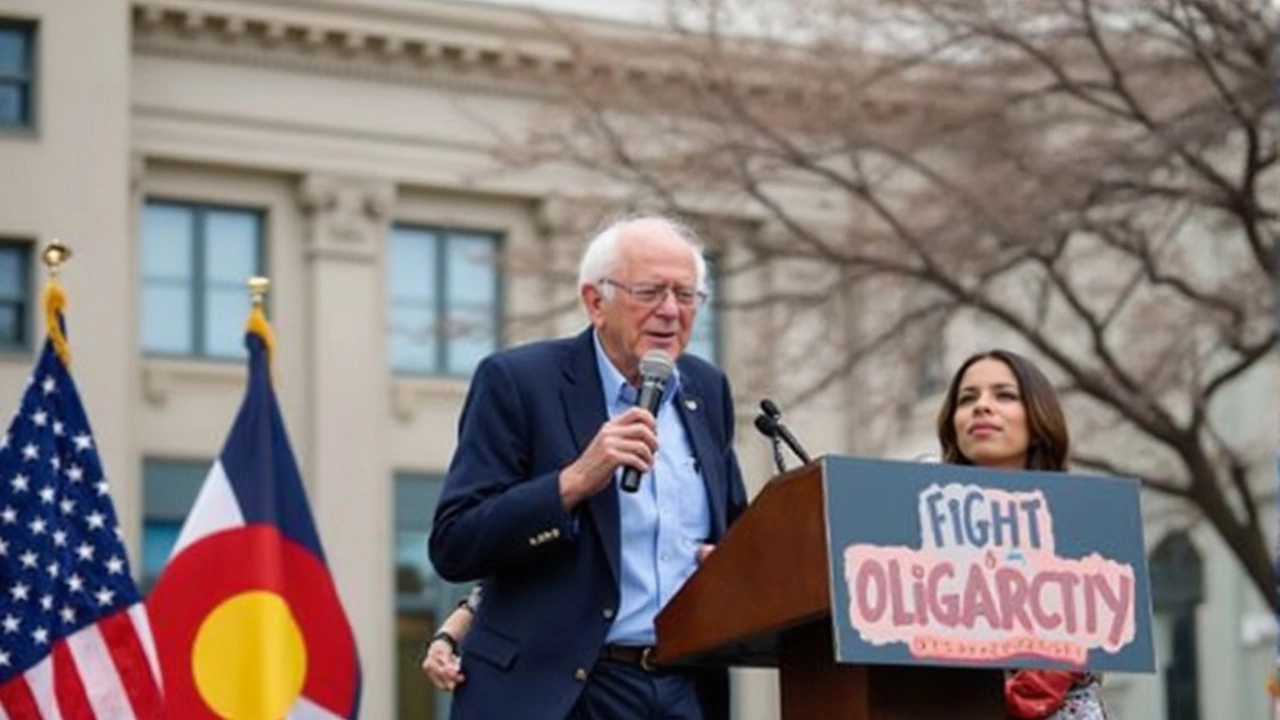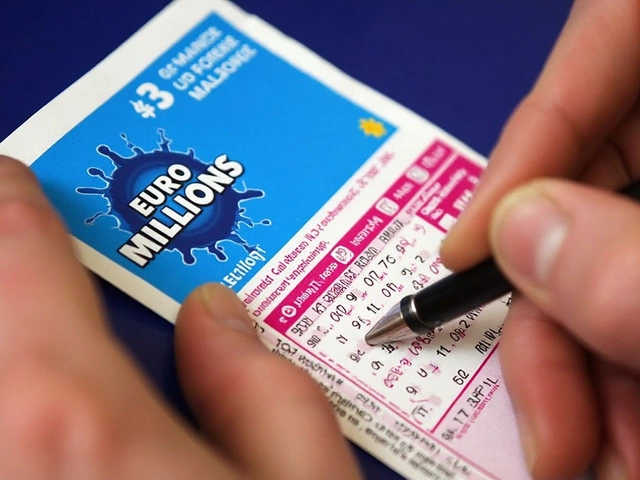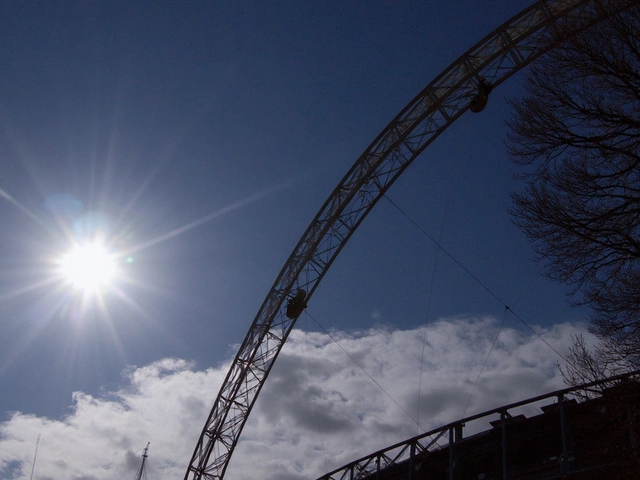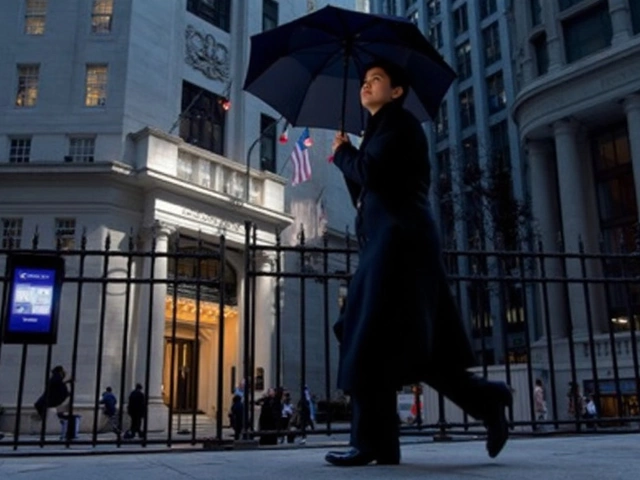Rallies: How Coaches and Athletes Can Win Big in New York
If you love sports, you’ve probably heard the word “rally” tossed around a lot. It can mean a fast‑paced race, a community gathering, or a burst of energy in a game. For coaches in the Big Apple, rallies are a goldmine of practice, networking, and motivation. In this guide we’ll break down what a rally looks like, why it matters for you, and how to get the most out of every event.
What Counts as a Rally?
In the sports world a rally can be a motor‑sport rally, a running relay, or even a fan‑driven street gathering. In New York you’ll find rally events on the streets of Brooklyn, on the tracks at Monticello, and in community parks across the boroughs. The common thread is movement, excitement, and a shared goal. Whether you’re watching a rally car zoom through the Catskills or cheering on a youth soccer team’s comeback, the energy is the same – people pushing themselves and each other to do better.
Why Coaches Should Turn Up
First, rallies give you a live look at how athletes react under pressure. You can see how a runner keeps pace when the crowd roars, or how a cyclist handles a sudden turn. Those moments are priceless for teaching tactics and mental toughness. Second, rallies are networking hubs. Meet other coaches, club owners, and sponsors who can open doors for training camps or funding. Finally, being part of a rally shows your athletes that you’re in the game with them – it builds trust and credibility.
Want to make a rally work for your program? Start by picking events that match your sport’s calendar. For a basketball coach, a street‑ball rally in Manhattan’s Harlem courts can offer a fun, low‑key setting to scout talent. A swim team might join a water‑safety rally at a local pool to raise awareness and recruit new members. Align the rally’s focus with your coaching goals and you’ll get double the benefit.
Preparation is key. Carry a simple kit: a few cones, a whistle, a first‑aid pack, and a clipboard for notes. Arrive early to scout the layout, note any hazards, and talk to the event organizer about where you can set up a quick demo. If you spot a gap – maybe a warm‑up area without a coach – offer to fill it. That small gesture can earn you a shout‑out and attract curious athletes to your program.
During the rally, keep your coaching style concise and upbeat. Athletes respond best to clear cues and high energy. Show a quick drill, give a tip on technique, then let them try it out. Capture short video clips on your phone for later review – these become handy teaching tools and great social‑media content for your club.
After the event, follow up with the contacts you made. Send a thank‑you email, share a photo of your team in action, and propose a future collaboration. A simple gesture keeps the conversation alive and often leads to joint training sessions or shared sponsorships.
Rallies also boost community spirit. By joining local charity rallies or school fund‑raisers, you showcase your club’s commitment to the neighbourhood. That goodwill can translate into more volunteers, better facilities, and a stronger fan base for your athletes.
In short, rallies are more than just a day of fun. They’re a platform for learning, networking, and growing your coaching brand in New York. Pick the right events, come prepared, stay engaged, and watch your team thrive both on and off the field.
Kieran Lockhart, Apr, 6 2025
Sanders and Ocasio-Cortez Ignite Passion in Colorado and Arizona with 'Fighting Oligarchy' Rallies
In March 2025, Bernie Sanders and Alexandria Ocasio-Cortez mobilized thousands at massive rallies in Colorado and Arizona, challenging oligarchic influence. Their 'Fighting the Oligarchy' tour emphasized the need for grassroots activism to counter rising wealth inequality and criticized political representatives' disconnect from working-class struggles.
View More




